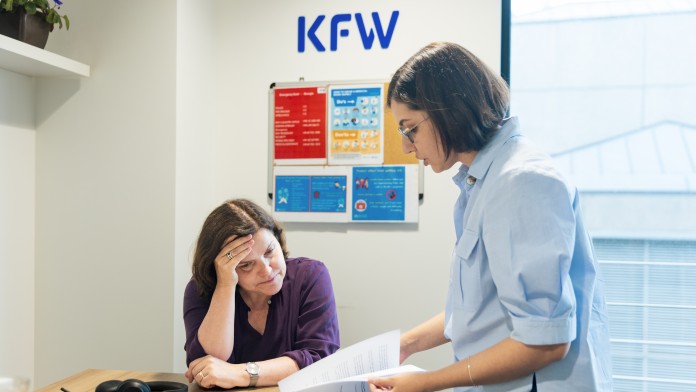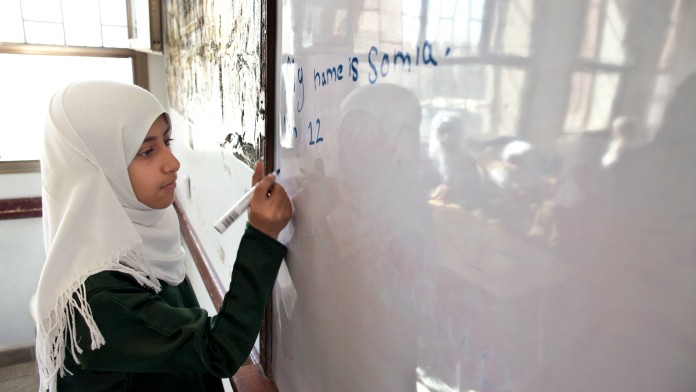Tip: Activate javascript to be able to use all functions of our website
With 236 projects, the population of the two-year period 2021-2022 is in line with the long-term average. The success rate based on the projects evaluated to date from the representative sample 2021-2022 (overall rating of 3 or better) is 84%. This value is also roughly in line with the results of previous years.
The projects are evaluated according to six DAC criteria. In doing so, we follow the evaluation guidelines of the Federal Ministry for Economic Cooperation and Development (BMZ). In concrete terms, this means that we consider each criterion and assign them a specific grade for it. For the criteria of effectiveness, impact, and sustainability, ratings lower than "3 = limited success" mean that the project can no longer be rated as successful. On this basis, and taking into account the context, we determine the appropriate overall evaluation rating. This overall rating therefore does not have to coincide with the average of the separate ratings for each criterion.

In 2021 and 2022, 152 ex-post evaluations were conducted. Of these, 122 projects were included in a sample and are used to estimate the success rate. Fifty projects are from the 2021-2022 sample, while the remaining 72 projects are taken from samples of previous years. In addition, there are five projects from the 2021-2022 sample that were evaluated at an earlier point in time.
Around half (51%) of the projects achieved a success rating of 2 (successful), while around a third (31%) achieved an overall result of 3 (limited success). A total of nine projects were rated unsuccessful with an overall score of 4 or 5. Only one project (Bosnia-Herzegovina: Mesihovina wind farm) achieved an overall rating of 1 (very successful).

With the above-mentioned success rate of 84%, this value lies at the same level as in previous years. However, only 44% of the projects from the 2021-22 sample have been evaluated to date. Accordingly, the success rate estimate for the 2021-22 population has not yet been finalized. Nonetheless, it can already be inferred that the success rate will range between 75% and 92% with 95% confidence for the 2021-22 population. This observation is consistent with the analyses of the last years and is in line with the general, slightly positive trend over the last 16 years.
Projects are analysed on the basis of six key criteria agreed upon by the international community of donors as represented by the Development Assistance Committee (DAC) of the Organisation for Economic Cooperation and Development (OECD). The rating is summarised using a numerical scale.